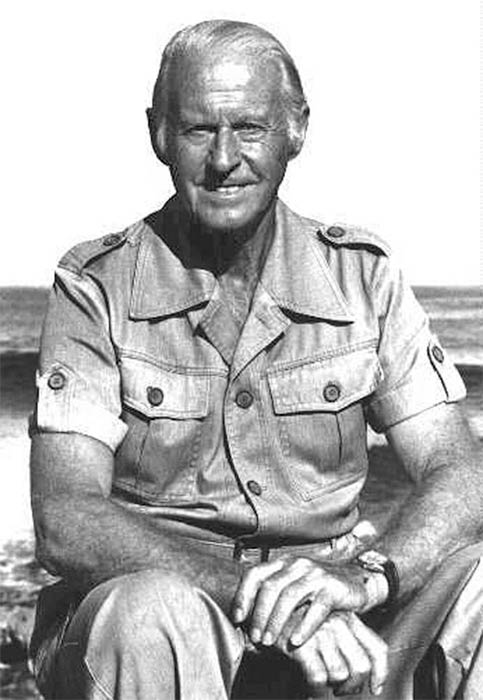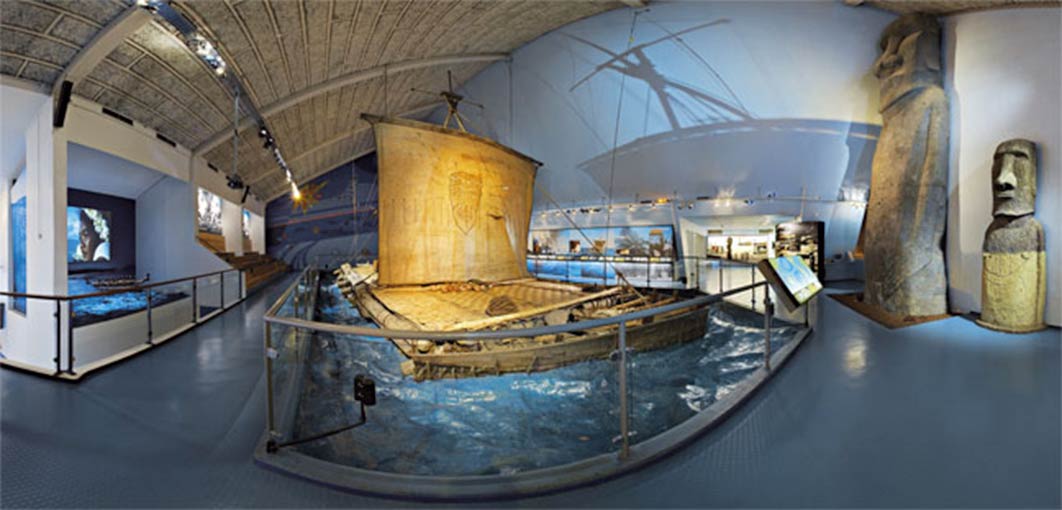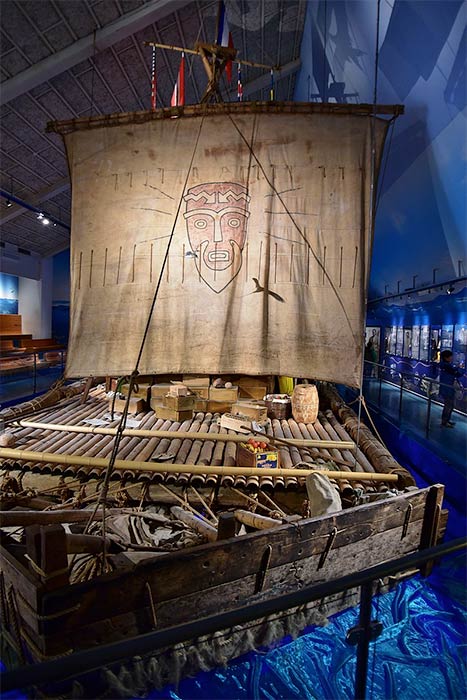
Thor Heyerdahl, Reviving The Solar Cult Of Ancient Mariners
Thor Heyerdahl was a man who, despite the era in which he lived, was able to overcome the barriers of academic dogmatism in order to prove his theories. One of his most prolific phrases was: “Borders? I've never seen them. But I've heard that they exist in the minds of some people!” Through his expeditions and voyages in reconstructed reed and balsa wood vessels, he was able to replicate the voyages of ancient navigators of forgotten eras and rediscovered the charm of adventure and discovery all over the planet. His countless books, illustrated by powerful images, immortalized his work and his expeditions changed human history, demonstrating how ancient peoples had been able to cross the oceans since the very dawn of humanity.

Portrait of Thor Heyerdahl, in the 1980s. (Public Domain).
Descended from a lineage of Viking mariners, Thor Heyerdahl’s blood pulsed him to discover distant lands and give a new voice to the ancient navigators who sailed around the globe, beyond every imaginable border. Guided by ancient technology, he did not use the sextants or modern radios, but relied rather on the currents and the stars. Curiously though, despite having sailed all the seas on the planet, he never learned to swim!

The Kon-Tiki raft in the Kon-Tiki Museum, Oslo, Norway (CC BY-SA 4.0)
Early Life
Heyerdahl was born in Larvik, Norway on October 6, 1914 and died in Colla Micheri, Italy on April 18, 2002. He was an anthropologist, an explorer, a documentary filmmaker, who won the Oscar in 1952 for the Kon-Tiki crossing, and he was obviously a prolific writer. He graduated at the University of Oslo in biology, with a postgraduation on Pacific Island anthropology. The founding thesis of all his studies questioned the contemporary theories on the diffusion of peoples by sea. His mother Alison, who was the head of the Larvik Museum Association, inspired her son with a great interest in animals and natural sciences and his father Thor, master brewer, hosted his son's first zoological museum in the old premises of the brewery. He married three times and had five children.

The Kon-Tiki in the Kon-Tiki Museum in Oslo, Norway (Bahnfrend -/CC BY-SA 4.0)
Reed Rafts And Balsa Boats
Heyerdahl’s vessels – rafts and boats - were built according to precise specifications, drawing on the historical or protohistoric documentation of the ancients, and he was assisted by indigenous workers who guided him in the construction of these boats. Since his first expedition he found himself facing the doubts and ostracism of the international scientific community, mainly because they contested the type of materials he used (such as balsa wood, papyrus and reeds) and his construction techniques were considered unreliable. Heyerdahl not only believed that in the most remote past various civilizations had been able to sail the seas and oceans, but also that they themselves were linked by a common element, the Solar Cult, a particularity that he found in almost all the archaeological sites he studied and excavated.





